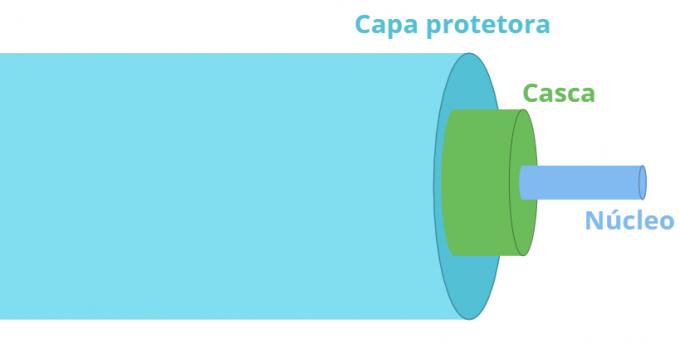During World War II, humanity came across a weapon that shocked the world. The destruction of the cities of Hiroshima and Nagasaki, in 1945, showed the world the great destructive power of nuclear fission.
Nuclear fission is the process in which the nucleus of a radioactive element is “bombed” with a neutron. This collision results in the creation of a completely unstable isotope of the atom, which breaks up to form two new elements and releases large amounts of energy.
Nuclear fusion occurs when two or more nuclei of the same element fuse and form another element, releasing energy. An example of nuclear fusion is what happens inside stars when four hydrogen nuclei fuse to form a helium atom. This process releases a much larger amount of energy than is released in the nuclear fission process.
In 1952, the H-bomb (hydrogen bomb) was created, whose nuclear reactor was the fusion of hydrogen. This incredible weapon of destruction generated, in its first experiment, an energy about a thousand times greater than the A-bomb (atomic bomb) of nuclear fission.
Do not stop now... There's more after the advertising ;)
The main difference between an atomic bomb reactor and a nuclear power plant reactor is that the fission reaction is controlled, and it always happens in sufficient quantities to heat the water, which will evaporate and turn the plant's turbines. In the atomic bomb this reaction is not controlled.
Currently, the production of nuclear energy has been aimed at obtaining electricity, called thermonuclear plants. This name is due to the heating of neutrons, used for the fission of the nucleus of atoms such as uranium (235U), which generates a high degree of agitation, making the neutron an excellent projectile for breaking the nucleus.
By Kleber Cavalcante
Graduated in Physics
Would you like to reference this text in a school or academic work? Look:
SILVA, Domitiano Correa Marques da. "Nuclear Fusion and Fission"; Brazil School. Available in: https://brasilescola.uol.com.br/fisica/fusao-fissao-nuclear.htm. Accessed on June 27, 2021.



